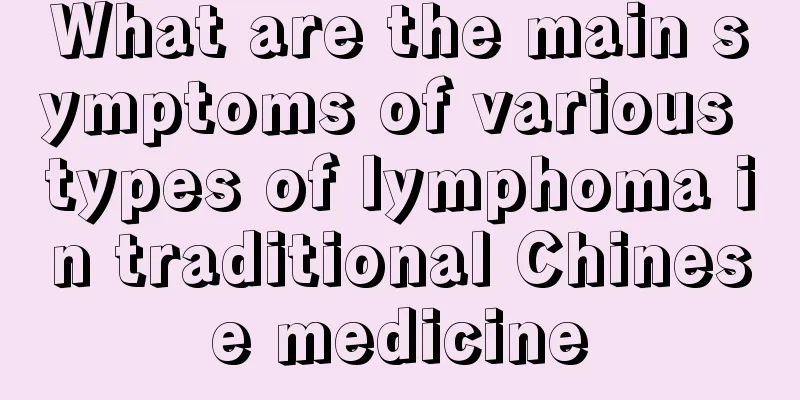How to make anthocyanin dye?

|
Purple vegetables are very common in people’s daily lives, but many people don’t know that purple vegetables also have beauty and health benefits. This is because they are rich in anthocyanins. Of course, in addition to many anthocyanin foods, anthocyanin dyes can also be made, and they are relatively rich. There are also many technologies for extracting anthocyanin dyes. So what are the aspects of anthocyanin dyes? Let’s take a look together below! 1. Determination method of proanthocyanidins (spectrophotometry). This method is applicable to the determination of proanthocyanidins content in various plant tissues, organs and their preparations (such as grape seed and pine bark extracts). 2. Method Summary: Proanthocyanidins (also called condensed tannins) are oligomers and polymers of flavan-3-ols and belong to polyphenol compounds. Unlike other phenolic compounds, flavanols (condensed tannins, monomers, dimers, etc.) can react with vanillin in an acidic medium to generate colored substances with maximum absorption at 500nm, and their content can be measured by colorimetry. 3. Preparation of proanthocyanidins in samples: Plant materials were extracted with 4 volumes of acetone + water (7 + 3, volume ratio) or 60% methanol, and the organic solvent was removed by reduced pressure distillation below 40°C. The aqueous phase was then washed with ether and fixed to volume. The freeze-dried solid proanthocyanidin preparation is directly dissolved in water (a small amount of methanol is first added to aid dissolution) to prepare a proanthocyanidin liquid. The proanthocyanidin solution was stored in a dark environment at 5°C for future use. 4. Sample determination: Wrap the test tube (14mm×20mm) tightly with tin foil, leaving only the tube opening for adding the sample. Add 0.5 mL of the sample into the tube, add 3.0 mL of 4% vanillin methanol solution and mix, then add 1.5 mL of concentrated hydrochloric acid, mix thoroughly, and color develop at room temperature for 15 minutes. The above operations can also be performed in a dark environment. Finally, the colorimetry was performed at 500 nm. The standard curve can be prepared according to the above steps (i.e., the absorbance value of 0.1 mg of proanthocyanidin at 500 nm is 0.55). The above introduces some issues about anthocyanin dyes. Many of us know that anthocyanins are found in many foods, such as purple cabbage, dragon fruit, etc., but we don’t know that anthocyanins can also be used as dyes in advance, and these dyes are harmless and very good to the human body. In addition, the production of anthocyanin dyes is not simple. |
<<: Will staying up late at night cause spots?
>>: Is anthocyanin effective in removing radiation?
Recommend
Small sun heater price, infrared reflective heater
It is said that in winter, it is healthier to use...
How to use vitamin E to remove acne?
Having acne on the face is a very distressing thi...
What are the common causes of ovarian tumors
Ovarian malignant tumors do trouble many women in...
How to remove oil stains from kitchen tiles
Every time we do a general cleaning of the house,...
Things to note after acid removal
Many people are very concerned about their physic...
What medicine should I take for enteritis
Many people will develop enteritis due to diet. A...
How to wash raisins more cleanly
During the production process, raisins are likely...
What are the symptoms of insufficient vitality?
Yuanqi is actually defined from the perspective o...
What medicine should I take for a headache caused by drinking?
Many people have the bad habit of alcoholism. If ...
Can Traditional Chinese Medicine Cure Ovarian Tumors?
Patients with ovarian tumors should not panic too...
Acid machine principle
Yogurt is undoubtedly a favorite of many people. ...
Differential diagnosis of advanced right renal cancer
No matter what the disease is, it must be diagnos...
How to remove odor when using a new microwave for the first time
Microwave ovens are highly functional household a...
Arsenic poisoning symptoms
Arsenic is one of the oldest poisons used since a...
What kind of cup is good?
Everyone needs to drink some water every day. Som...









